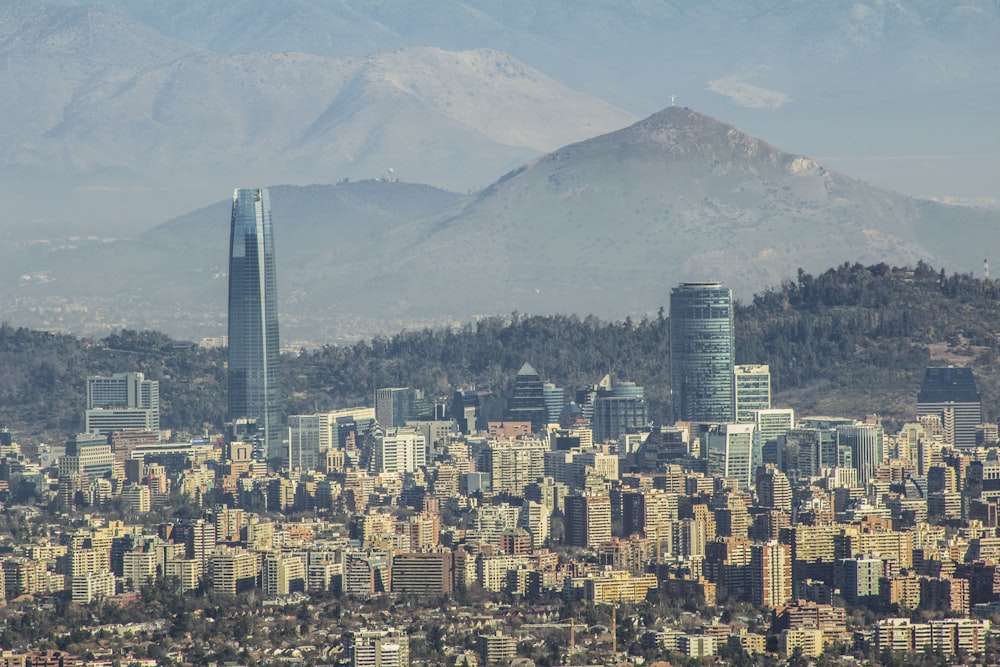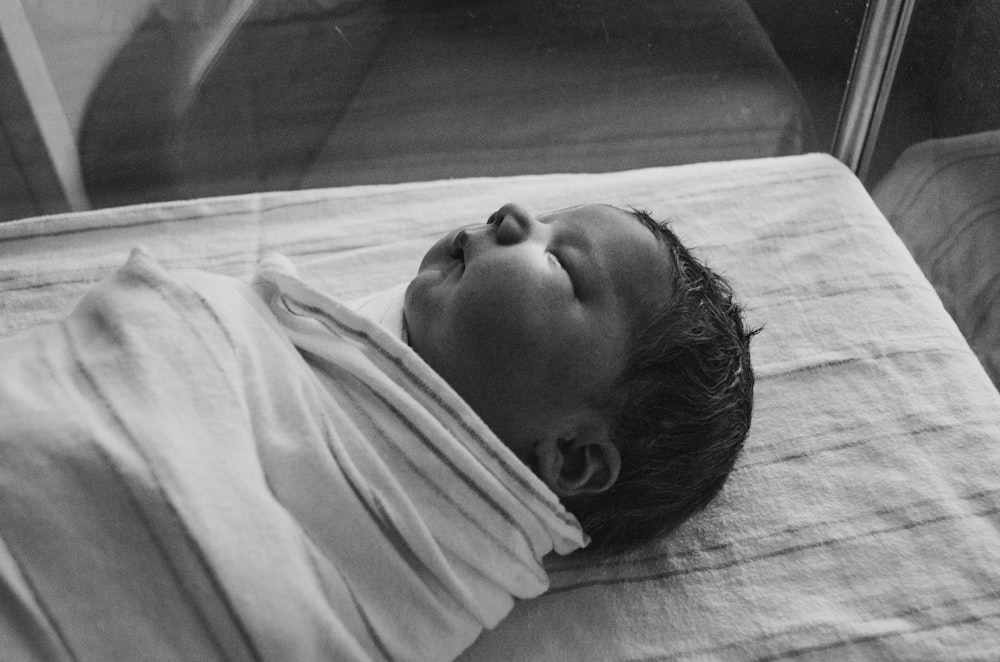 |
| Santiago on a less smoggy day |
I often boast about all the clean fresh air we have here in the Los Lagos region. It blows up from the Antarctic clean and fresh and pure. Jim often jokes that the only pollution in our air is penguin farts. When I saw this report on air quality in Chile on this English language news site-
Chile Today
and the top 10 most polluted cities in South America were in Chile, I was not only surprised but a bit dismayed and disappointed.
Is this the Chile I know and love?
On the surface, it appears to be true but a little knowledge of Chile's way of life and climatic/topography factors put the numbers from this chart into a better perspective.
First, we must understand what PM 2.5 is which is what this report is measuring.
"The report focuses on PM2.5 as a representative measure of air pollution. PM2.5 refers to particulate matter (ambient airborne particles) which measure up to 2.5 microns in size and has a range of chemical makeups and sources. PM2.5 is widely regarded as the pollutant with the most health impact of all commonly measured air pollutants. Due to its small size PM2.5 is able to penetrate deep into the human respiratory system and from there to the entire body, causing a wide range of short- and long-term health effects. Particulate matter is also the pollutant group which affects the most people globally. It can come from a range of natural as well as man-made sources. Common sources of PM include combustion (from vehicle engines, industry, wood, and coal burning), as well as through other pollutants reacting in the atmosphere."
-from World Air Quality Report 2018 by IQ Air - Air Visual
Then we need to understand the topography and climate conditions of Chile. Chile is like California with a long central valley shooting straight down the whole length of the country. On each side are mountains - the Andes to the east and the Coastal Range to the west. This traps a lot of air down in the valleys when there are no winds especially over the cities located in these valleys. The drier climates of central and northern Chile also exacerbate the situation with no raindrops cleansing the air except sometimes in the winter.
And now we must look at some lifestyle factors. Most Chileans heat with wood. Wood is cheap and plentiful. We use it to not only heat our homes but our water and we cook with it though most modern Chileans use propane now. Wood burning stoves have been banned in most larger cities like Santiago but not in some smaller cities like Osorno which is near the top of the heavily polluted list.
So when you look at this chart
www.airvisual.com/world-most-polluted-cities
make a note of the air quality conditions in the summer months of December - January- February- March when most people are not burning their woodstoves heavily and the prevailing southerly winds are fresh and straight from the Antarctic. The number one polluted city in all of South America, unfortunately, goes to the little town or suburb of Padre Las Casas located just south of the large industrial city of Temuco in the Araucania region. And note that #10 is Puerto Montt which has moderate air levels most of the year because it sits on the ocean with nice southerly breezes.
"Chile has the highest recorded PM2.5 pollution levels in this the region, providing the top 5 most polluted cities here. Major regional emission sources contributing to air pollution in all countries include agriculture, transportation with inefficient vehicle and fuel standards, as well as biomass fuel burning for household and commercial heating and cooking. Chile, in particular, suffers from high levels of particulate pollution as a result of wood-burning for heating, which government policies are aiming to tackle by promoting access to cleaner heating technologies. (note that pellet stoves have been accepted for use in Santiago as they burn cleaner but the cost is prohibitive for the average Chilean)
MONITORING STATUS Real-time air monitoring coverage in this region remains moderately low, with Chile and Mexico supplying the largest number of measurement points. " - from World Air Quality Report 2018 by IQ Air - Air Visual
The town of Coihayque in Patagonia is situated in a bowl valley surrounded by mountains. Linked is an interesting story about some of its citizens.
https://www.theguardian.com/cities/2019/jul/17/a-city-suffocating-most-polluted-city-in-americas-struggles-to-change-coyhaique-chile
And an older story from 2015 about the air pollution problem in Santiago.
http://www.coha.org/the-battle-to-breathe-chiles-toxic-threat/
So I don't feel so bad about pollution in Chile. Yes, it is unfortunate and yes, it is a problem but there is a big difference between wood smoke and industrial/chemical pollution.



